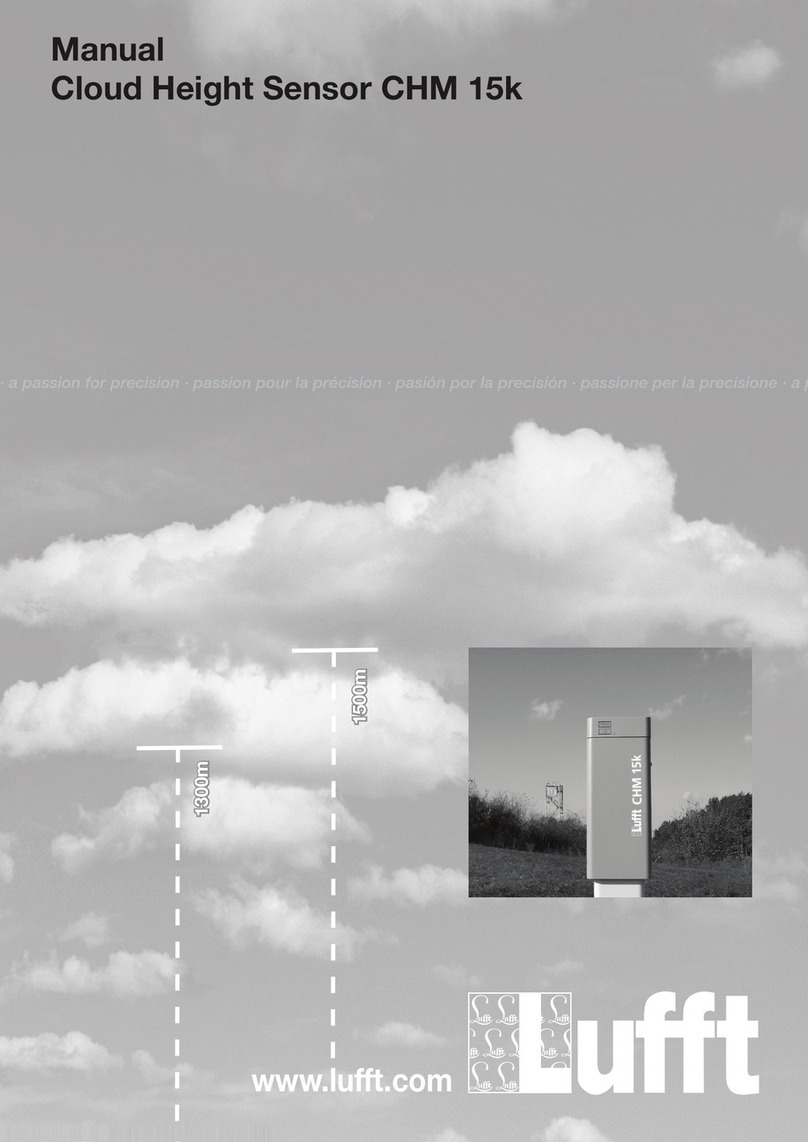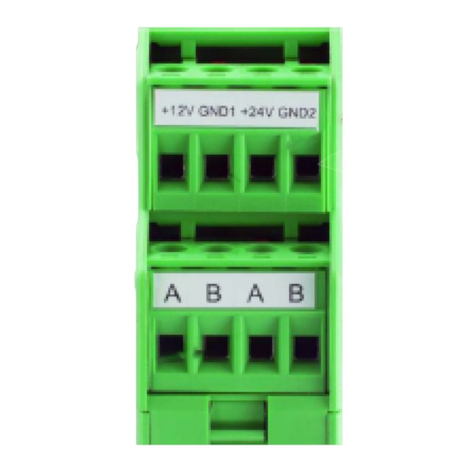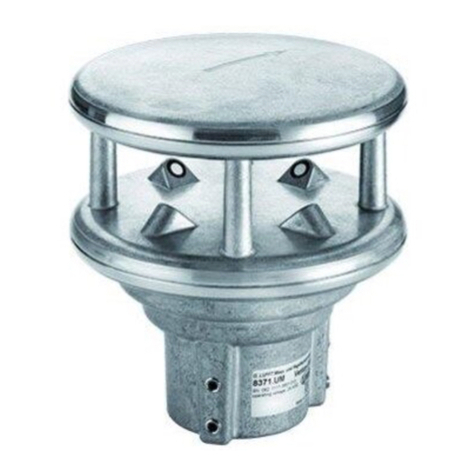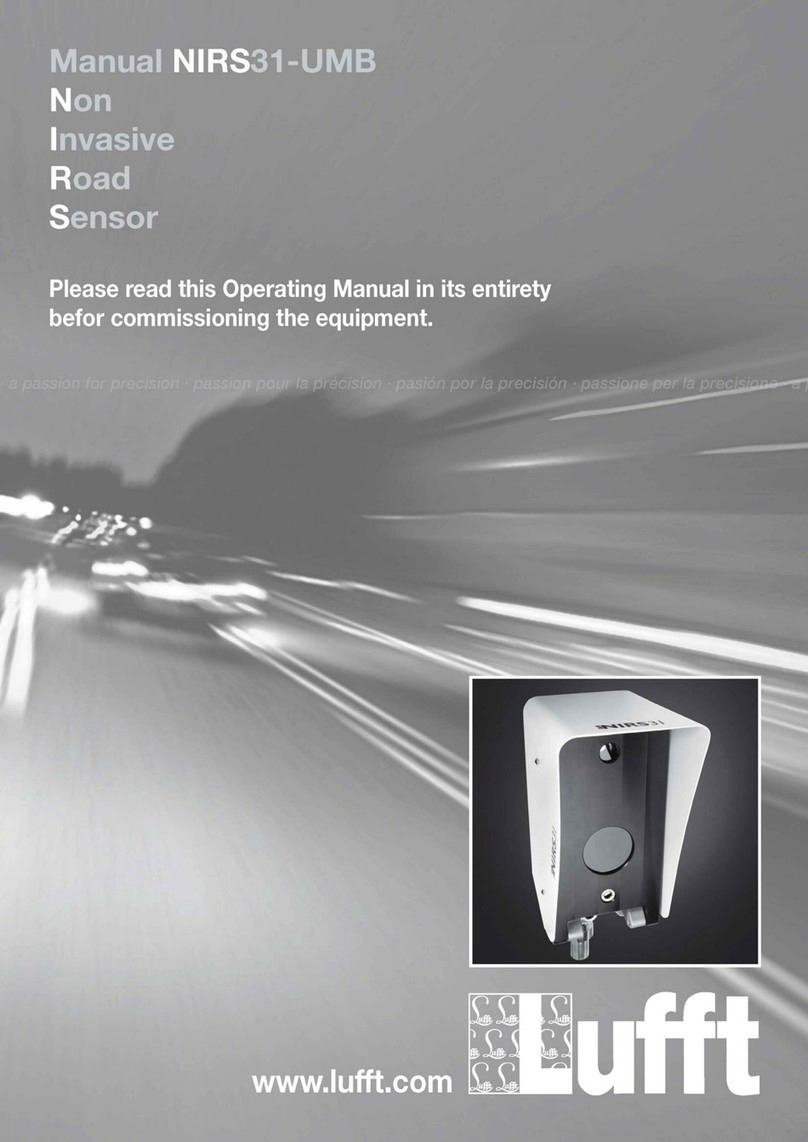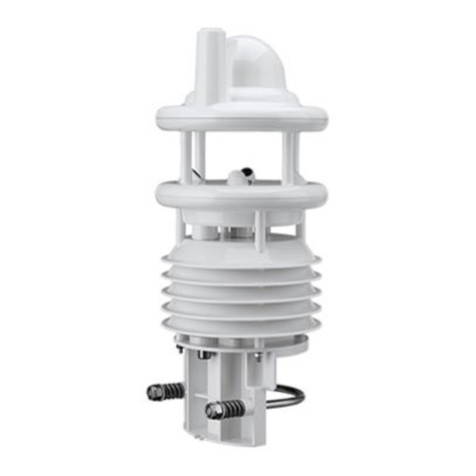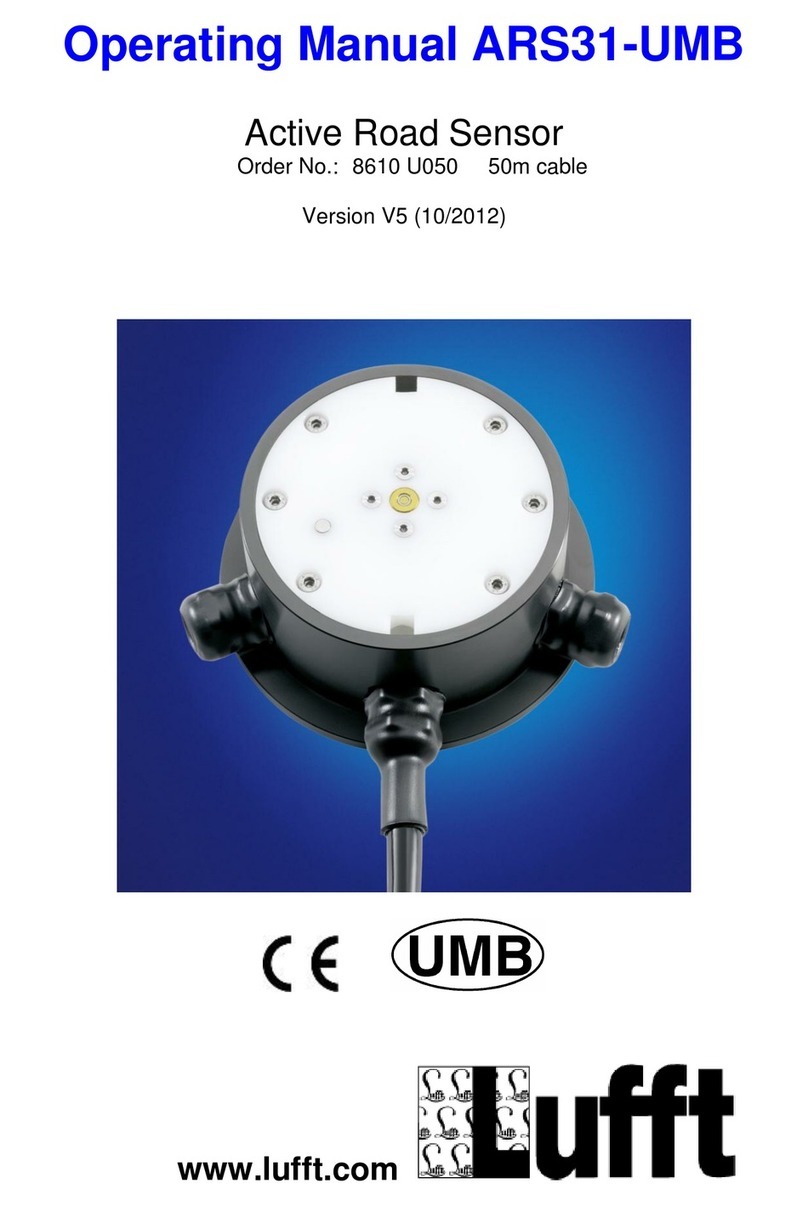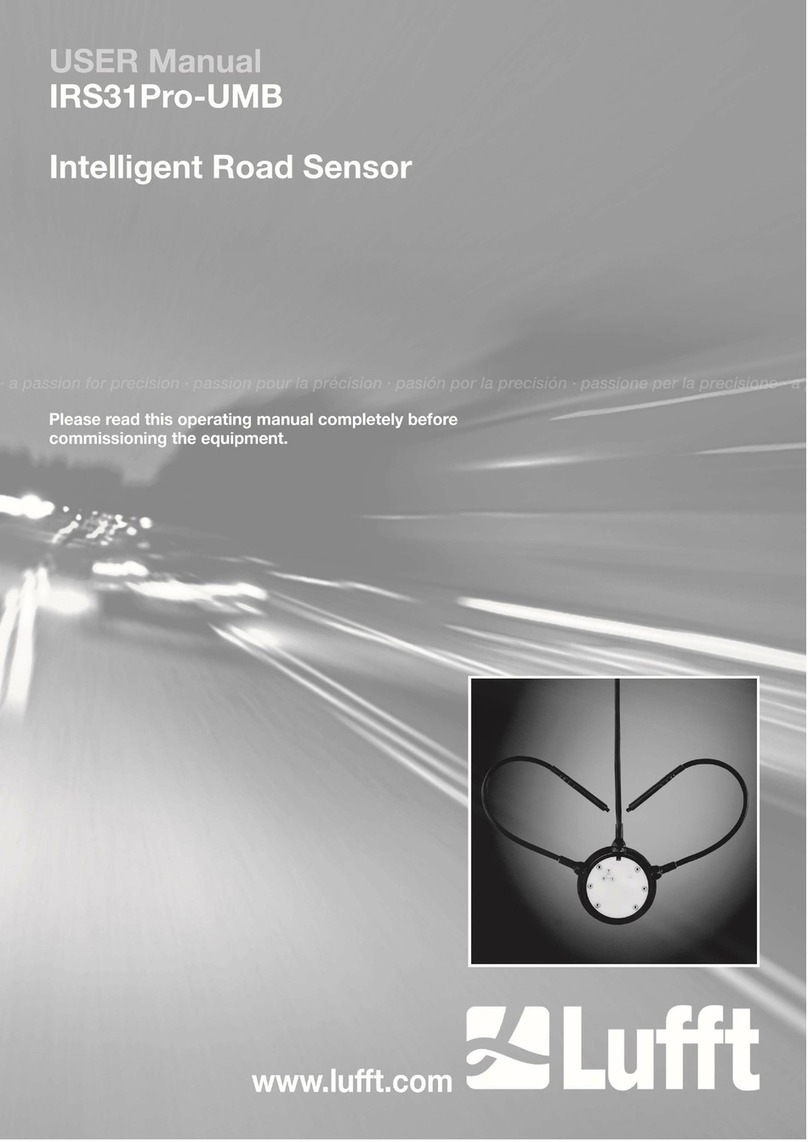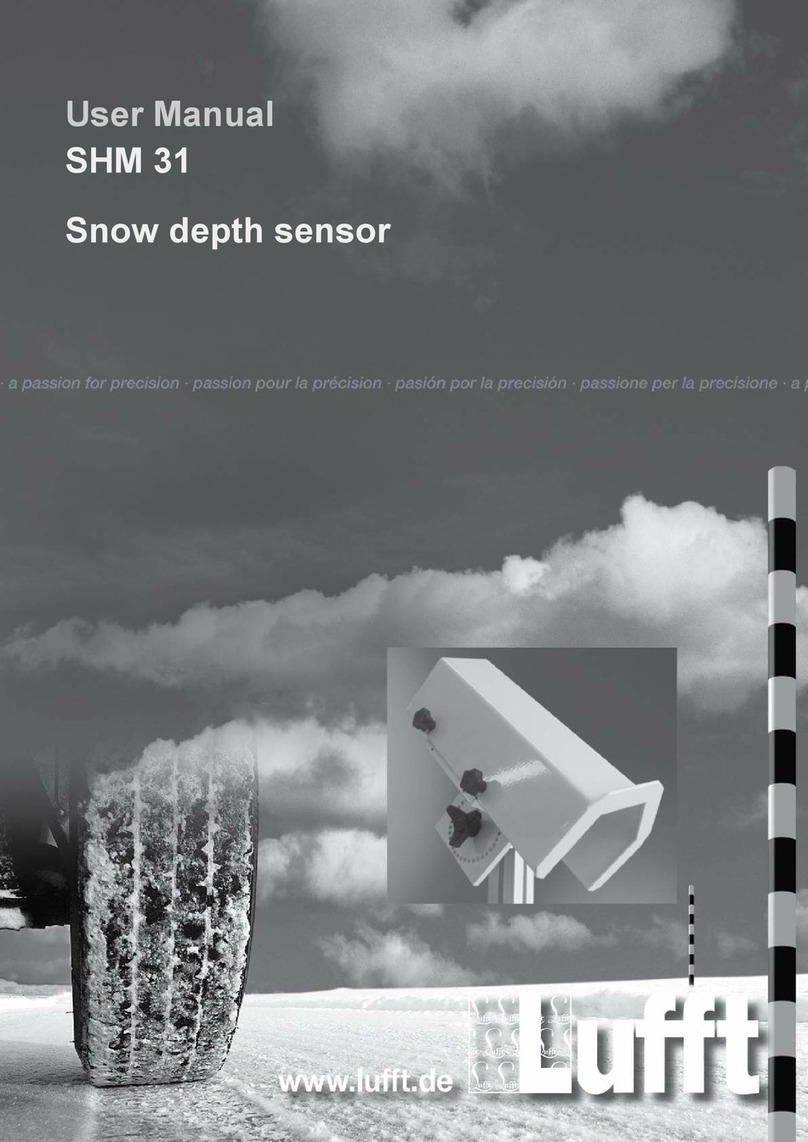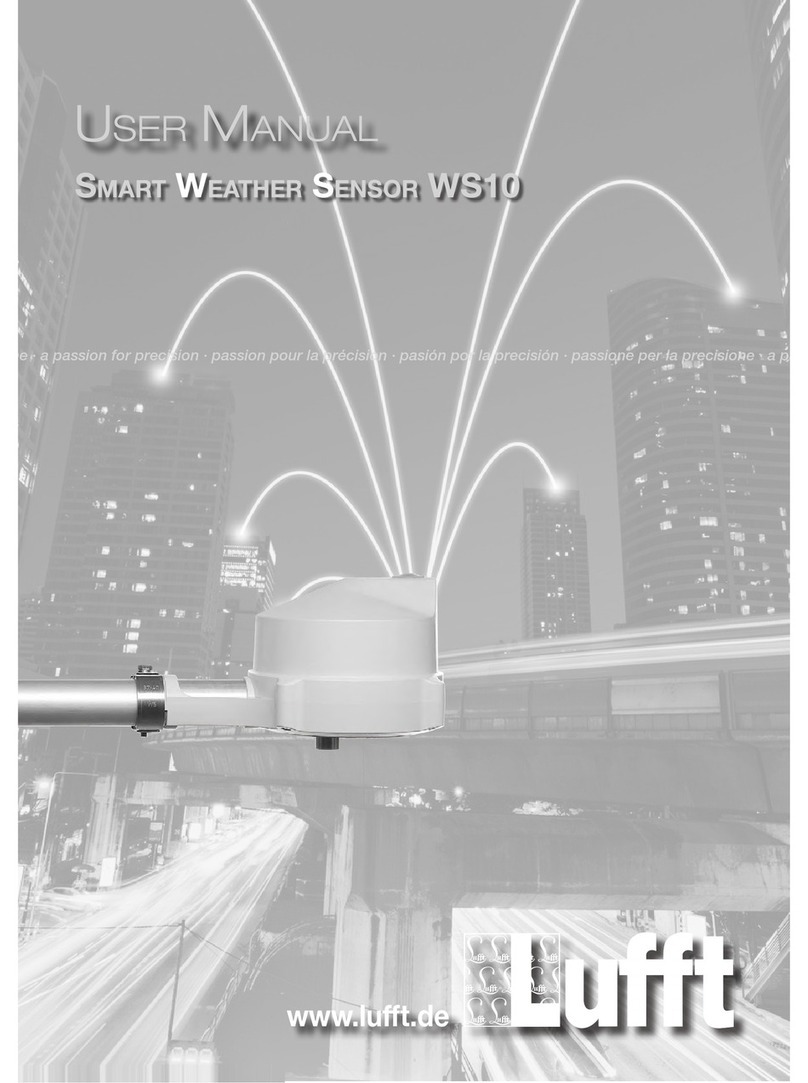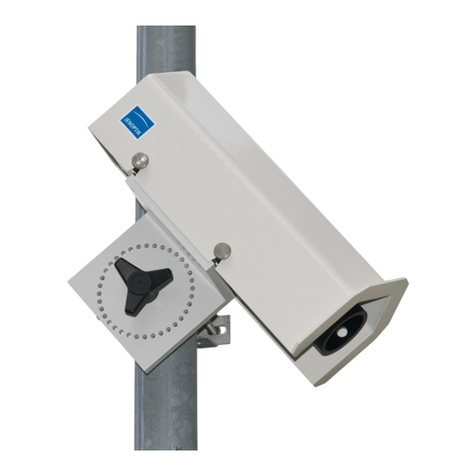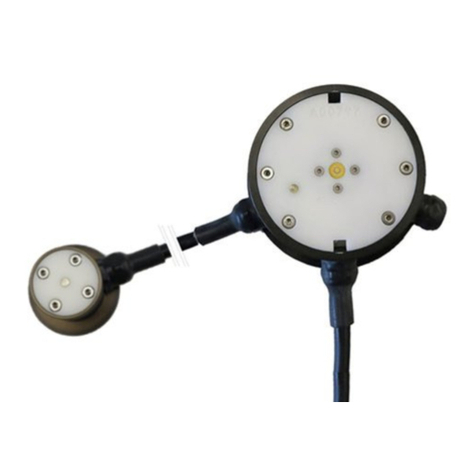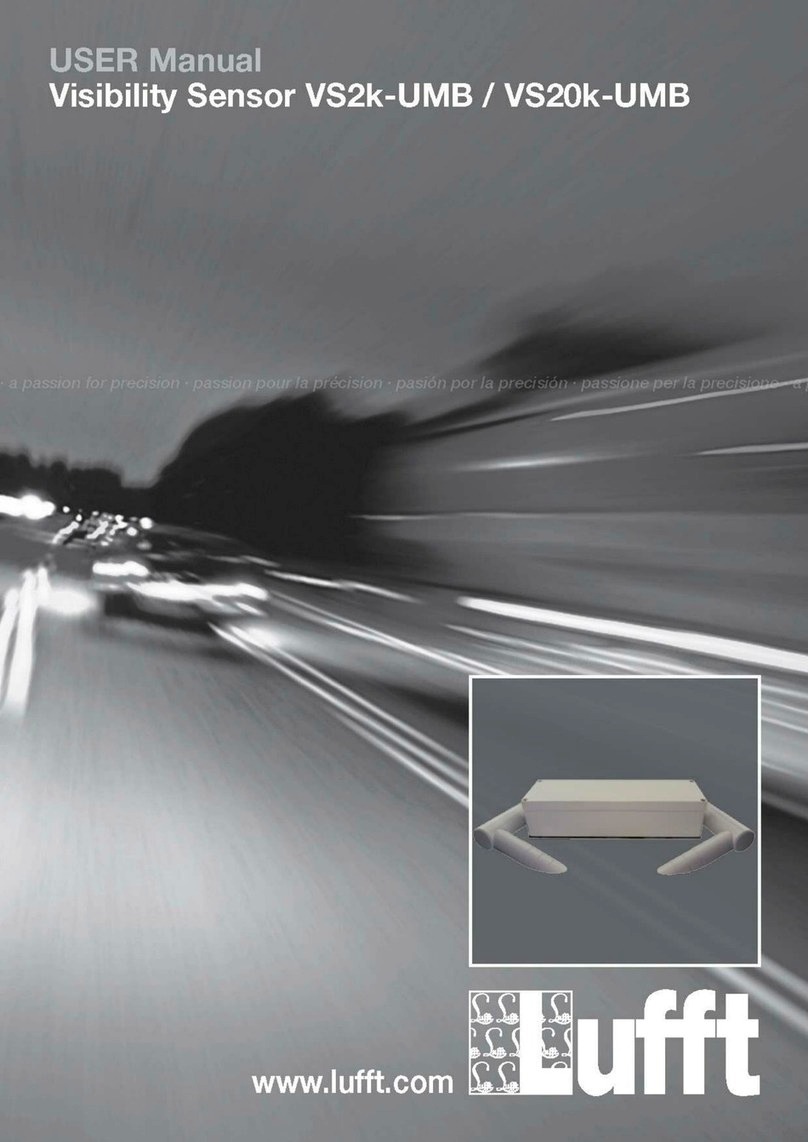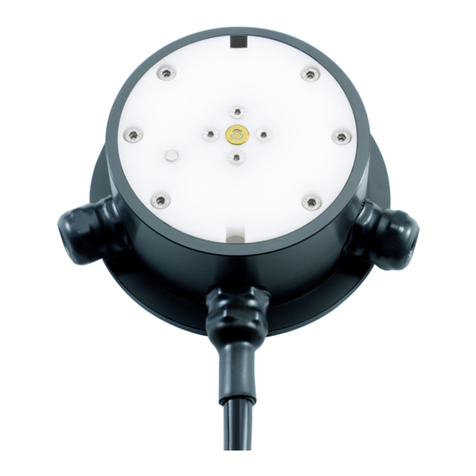
Operating Manual V25/09.2019
Ventus / Ventus-X / V200A
Chapter Contents 3
Contents
Contents.......................................................................................................................................................3
1Please Read Before Use.......................................................................................................................5
1.1 Symbols Used................................................................................................................................5
1.2 Safety Instructions.........................................................................................................................5
1.3 Designated Use.............................................................................................................................5
1.4 Incorrect Use .................................................................................................................................5
1.5 Warranty........................................................................................................................................5
1.6 Brand Names.................................................................................................................................5
2Scope of Supply....................................................................................................................................6
3Order Number........................................................................................................................................6
4Accessories...........................................................................................................................................6
5Additional Documents and Software...................................................................................................6
6Equipment Description.........................................................................................................................7
6.1 Wind ..............................................................................................................................................7
6.2 Virtual Temperature.......................................................................................................................8
6.3 Air Pressure...................................................................................................................................8
6.4 Heating..........................................................................................................................................8
7Generation of Measurements.............................................................................................................10
7.1 Current Measurement (act)..........................................................................................................10
7.2 Minimum and Maximum Values (min and max)...........................................................................10
7.3 Average Value (avg)....................................................................................................................10
7.4 Vectorial Average Value (vct) ......................................................................................................10
8Measurement Output ..........................................................................................................................11
8.1 Virtual Air Temperature................................................................................................................11
8.2 Heating Temperature...................................................................................................................11
8.3 Air Pressure.................................................................................................................................11
8.4 Wind Speed.................................................................................................................................12
8.5 Wind Direction .............................................................................................................................12
8.6 Wind Measurement Quality .........................................................................................................13
8.7 Status Information........................................................................................................................13
9Installation...........................................................................................................................................14
9.1 Fastening.....................................................................................................................................14
9.2 North Alignment...........................................................................................................................15
9.3 Selecting the Installation Location ...............................................................................................16
10 Connections ........................................................................................................................................18
10.1 Supply Voltage.............................................................................................................................19
10.2 RS485 Interface...........................................................................................................................19
10.3 Analog Interface Circuits..............................................................................................................19
10.4 Control line...................................................................................................................................20
10.5 Connection to ISOCON-UMB (8160.UISO) .................................................................................20
10.6 Use of surge protector (8379.USP-V)..........................................................................................20
10.7 SDI12 Connection........................................................................................................................21
11 Commissioning ...................................................................................................................................22
12 Configuration and Test.......................................................................................................................22
12.1 Lufft ConfigTool ...........................................................................................................................22
12.2 Configuration ...............................................................................................................................22
12.3 Value retrieval..............................................................................................................................28
13 Firmware Update.................................................................................................................................31
14 Maintenance ........................................................................................................................................31
